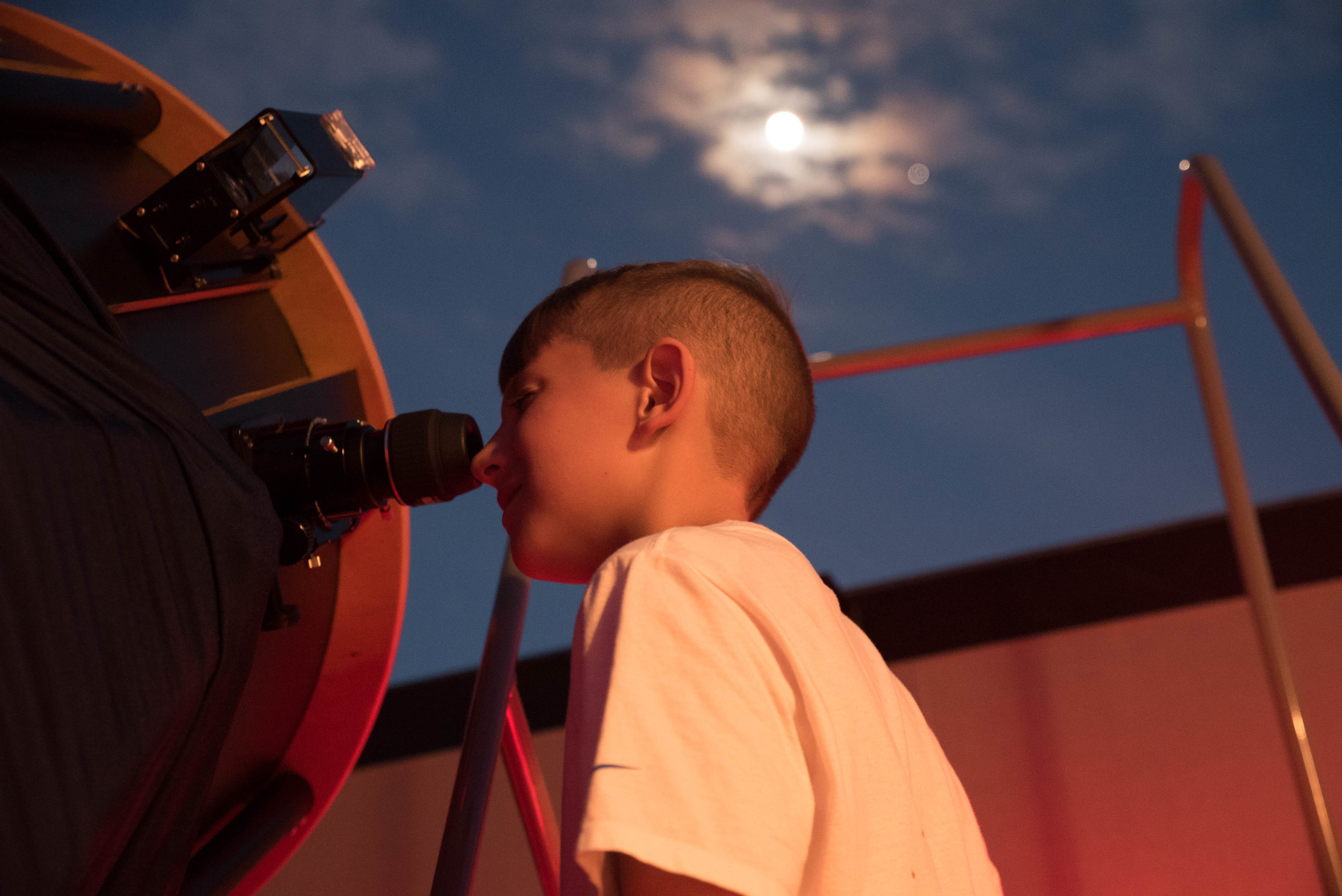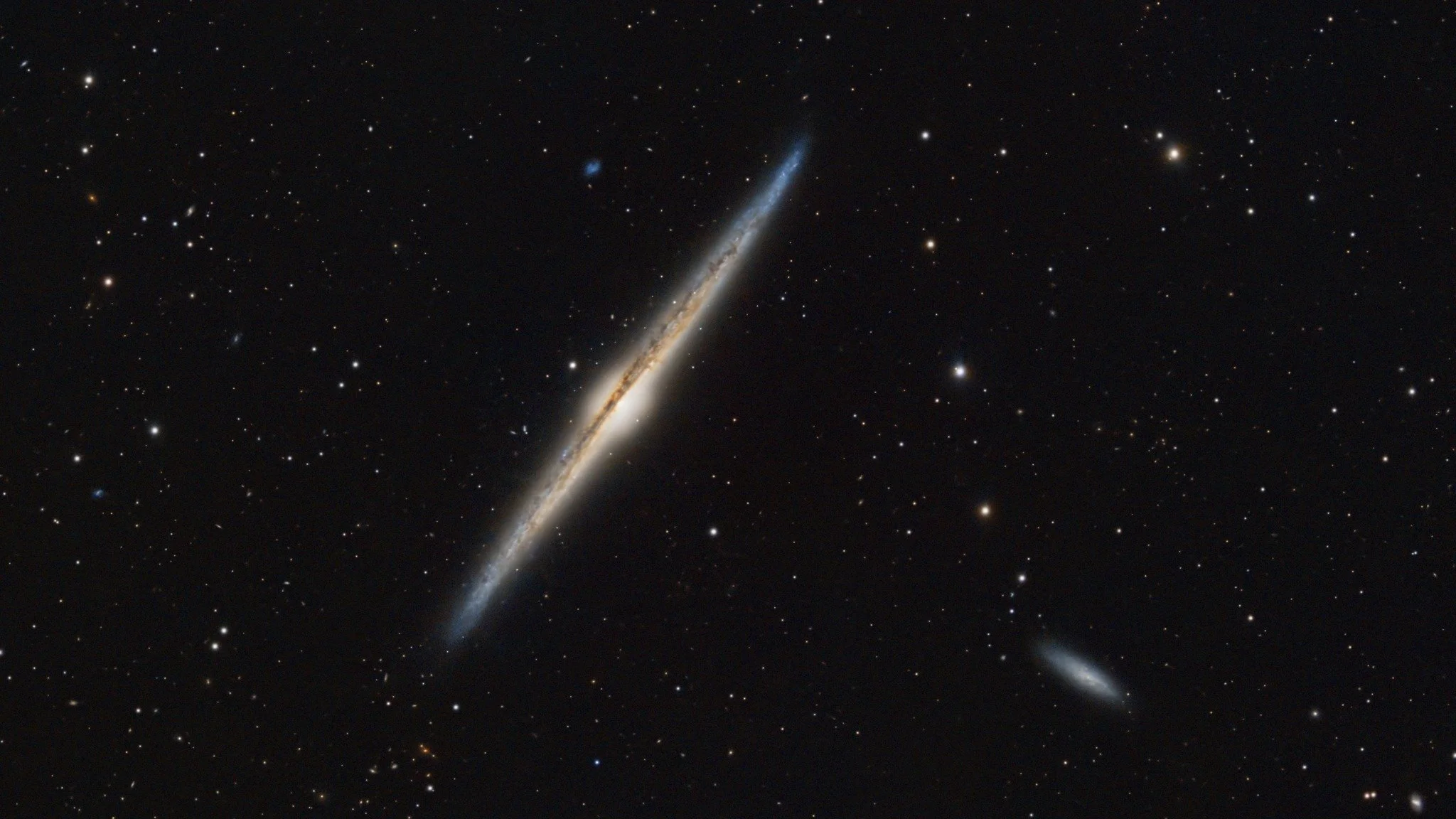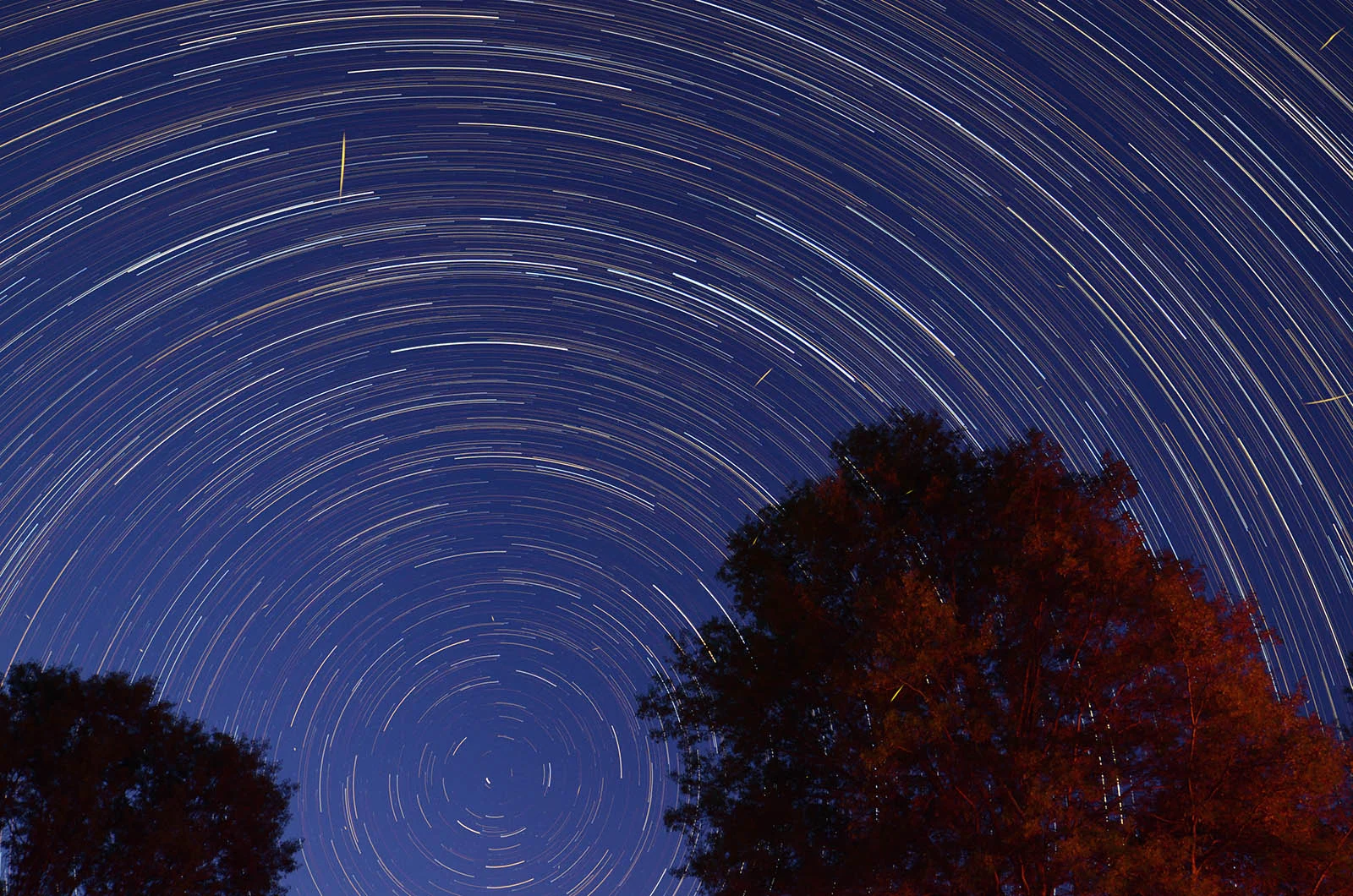Our Programs…
… are on clear Friday and Saturday nights from March - Late November. Watch the main page. By noon on the day of each program we post a forecast and a note on whether or not the program that evening will go forward.
July 11-12: The Moon Illusion: Does the full moon look big to you when it rises? That’s a curious optical illusion. Come learn why we see it this way, and then experience it when the brilliant full moon rises after it gets dark. 9:00 PM
July 18-19: Happy Birthday John Glenn (and Brian May): We’ll be talking about the life and deeds of John Glenn, the Ohio native who became the first US astronaut to orbit the Earth. He was born on July 18, 1921. Afterwards we’ll be learning the constellations from the sky itself under dark summer skies. Guitarist/Astronomer Brian May was born on July 19, rock on! 9:00 PM
July 25-26: Our Home Galaxy: The Milky Way: If you want to know what the Milky Way looks like close up, look around. We live in a great spinning, slightly warped, disk of stars, 100,000 light years across. Telescopic highlights on this moonless“dark sky” weekend include: The Great Hercules Globular Cluster, The Ring Nebula, The Veil Nebula (the remnants of an exploding star) and M8 (a stellar nursery in which new stars are being born). 8:45 PM
August 1-2: The Half Moon Hangs Low, the Swan Flies High: The first quarter moon is low over the souther horizon and sets behind the trees quite early. Those who stick around will see Cygnus the Swan flying along the Milky Way, and dotted with fascinating celestial objects: The “Blinking” planetary nebula (a dying star), Alberio (a lovely colorful pair of stars), and the curious Crescent Nebula (best seen in our big 28” telescope.). 8:45 PM
NGC 4565 by Andy Downey
View of the Month:
NGC 4565 “The Needle Galaxy”
When you're an astro-nerd like me having a favorite galaxy (or star cluster, or nebula...) is not an uncommon or weird thing.
Given how many galaxies there are, and how lovely they appear, it's rather hard to pick a favorite one. But, if forced to choose, I might say "NGC 4565!"
NGC 4565, the so-called "needle" galaxy, looks like a "UFO". It is actually, "flying-saucer"-shaped, but we see it edge-on, making it appear thin and otherworldly (because it literally is! ) from our point of view.
Its distance has been hard to pin down, but it is thought to be somewhere between 35 and 60 million light years distant.
If it's at the far end of that range its estimated size is enormous, perhaps twice the diameter of our own Milky Way.
Through a telescope, this galaxy looks like a ghostly needle piercing the night. In a large telescope, like the 28-inch at JGAP, faint hints of the dust lane- the dark material out of which new generations of stars will form, can be seen.
Though it looks more distant, the small galaxy next to it, may be a bit closer to us.
This image was taken in March by Andy Downey. He gathered photons for six hours to obtain this result.




